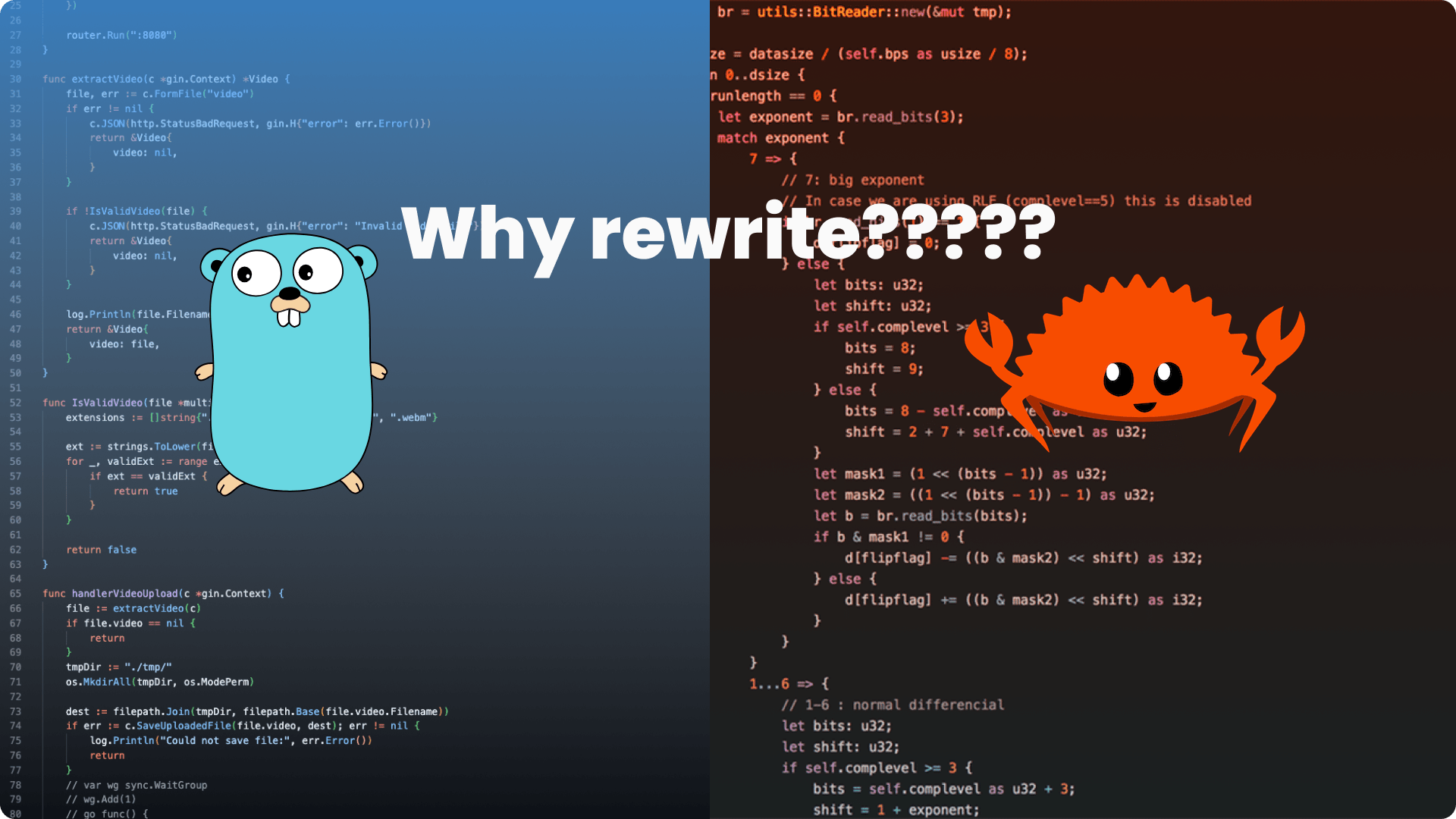
Rewriting Applications in a New Language: A Comprehensive Guide for Software Engineers
As a seasoned software engineer, you’re likely familiar with the challenge of rewriting an application in a different programming language. This process is not just a mere translation of code, but an opportunity to rethink, optimize, and potentially improve your application. Let’s dive into some key aspects to consider when undertaking this journey.
Understand the “Why”
First and foremost, it’s crucial to understand the rationale behind the decision to rewrite. Ask yourself:
- Performance: Does the new language offer better performance?
- Scalability: Will it be easier to scale the application?
- Community and Support: Is there a stronger community or better support for the new language?
- Team Expertise: Does your team have more expertise in the new language?
Choose the Right Language
Selecting the appropriate language is pivotal. Consider factors like:
- Syntax and Language Features: Does the new language offer features that better align with your project’s needs?
- Ecosystem: How robust is the ecosystem around the language? Think about libraries, frameworks, and tools available.
- Long-term Viability: Is the language likely to be supported and popular in the long term?
Plan Your Approach
Rewriting an application can be a massive undertaking. A well-thought-out plan can make a world of difference:
- Incremental vs. Big Bang: Decide whether to rewrite the application module by module or all at once.
- Testing: Ensure robust testing. Consider unit tests, integration tests, and end-to-end tests.
- Documentation: Keep documentation updated throughout the process to help your future self and your team.
Embrace Best Practices
Rewriting offers a chance to adopt best practices:
- Clean Code: Aim for readability, simplicity, and maintainability.
- Design Patterns: Utilize appropriate design patterns for the new language.
- Refactoring: Continuously refactor as you learn more about the new language’s nuances.
Learn and Adapt
Finally, be prepared to learn and adapt:
- Continuous Learning: Stay updated with the latest developments in the new language. Feedback Loop: Incorporate feedback from peers and users.
- Performance Monitoring: Closely monitor the performance of the new application.
Conclusion
Rewriting an application in a new language is not just a technical challenge but an opportunity for growth and improvement. It demands careful consideration, planning, and a willingness to embrace new paradigms. With the right approach, it can lead to a more robust, efficient, and future-proof application.
Rewriting an application is a complex task that requires a strategic approach. It involves understanding the reasons for the switch, choosing the right language, planning the rewrite process, adopting best practices, and being open to learning and adaptation. This journey, while challenging, can lead to significant improvements in the application’s performance, scalability, and maintainability.